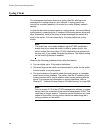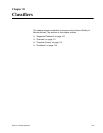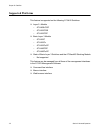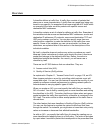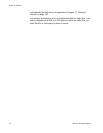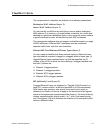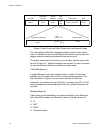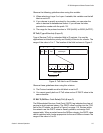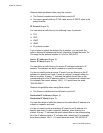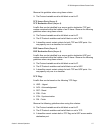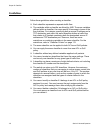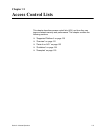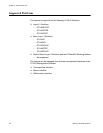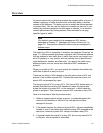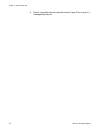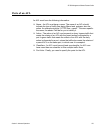Chapter 10: Classifiers
116 Section II: Advanced Operations
Observe these guidelines when using this criterion:
The Protocol variable must be left blank or set to IP.
You cannot specify both an IP ToS value and an IP DSCP value in the
same classifier.
IP Protocol (Layer 3)
You can define a traffic flow by the following Layer 3 protocols:
TCP
UDP
ICMP
IGMP
IP protocol number
If you choose to specify the protocol by its number, you can enter the
value in decimal or hexadecimal format. It the latter, include the prefix “0x”.
The range for the protocol number is 0 (0x0) to 255 (0xFF).
Source IP Addresses (Layer 3)
Source IP Mask (Layer 3)
You can define a traffic flow by the source IP address contained in IP
packets. The address can be of a subnet or a specific end node.
You do not need to enter a source IP mask if you are filtering on the IP
address of a specific end node. A mask is required, however, when you
filter on a subnet. A binary “1” indicates the switch should filter on the
corresponding bit of the IP address, while a “0” indicates that it should not.
For example, the subnet address 149.11.11.0 would have the mask
“255.255.255.0.”
Observe this guideline when using these criteria:
The Protocol variable must be left blank or set to IP.
Destination IP Addresses (Layer 3)
Destination IP Mask (Layer 3)
You can also define a traffic flow based on the destination IP address of a
subnet or a specific end node.
You do not need to enter a destination IP mask for an IP address of a
specific end node. A mask is required, however, when filtering on a
subnet. A binary “1” indicates the switch should filter on the corresponding
bit of the IP address while a “0” indicates that it should not. For example,
the subnet address 149.11.11.0 would have the mask “255.255.255.0.”



